The world of espionage is fascinating and mysterious. The Spy Museum Berlin has taken up this theme and opened an exhibition right in the heart of the city.
Since September 2015, the private German Spy Museum Berlin has been located directly at Potsdamer Platz subway station. Over 300 exhibits and numerous display boards on the subject of espionage are shown on an area of around 3000 m². Children and adults alike can get hands-on at the German Spy Museum. More on this later…
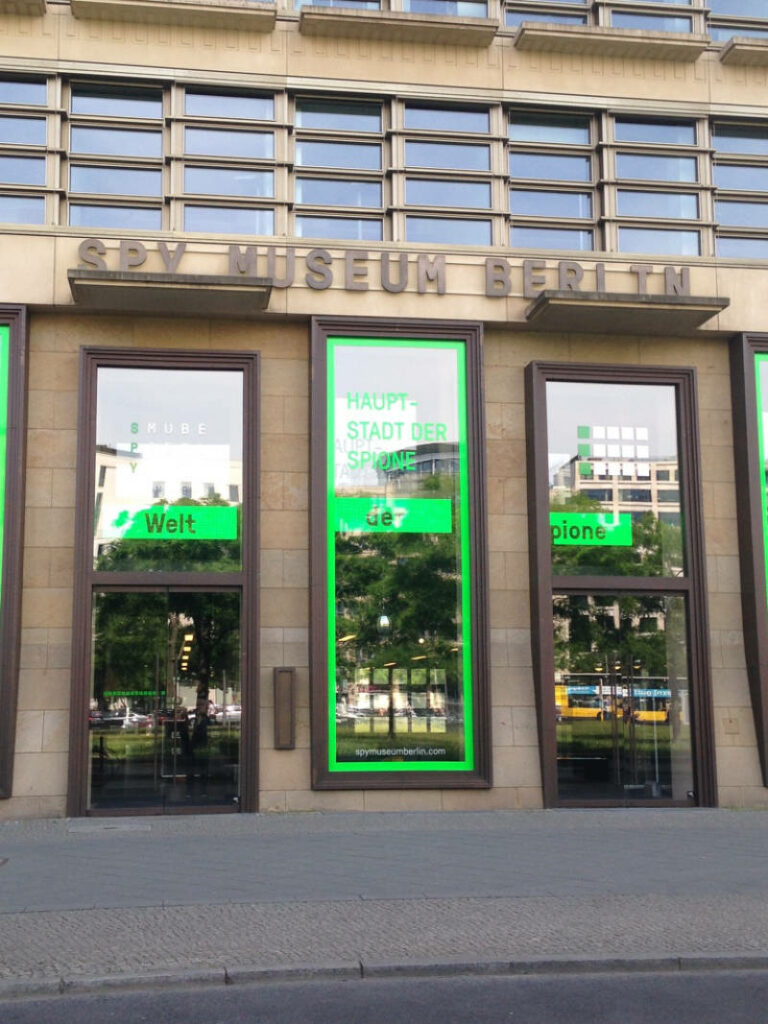
The topic of espionage has always been very topical. So it was a pretty clear decision that we also wanted to see this museum. We were a little put off by the rather high entrance fee. We asked ourselves the question: is the entrance fee justified?
Through the security gate
Once you have purchased your ticket, you enter the museum through a special entrance. After scanning the barcode, a small transparent capsule opens.
Enter, stand on a marker, raise your arms and wait. It takes about 6 seconds before access to the museum is granted. Even here we were able to watch the children with delight. They also have to go through the gate, preferably alone. What excitement… and what a proud face when the entrance is granted.
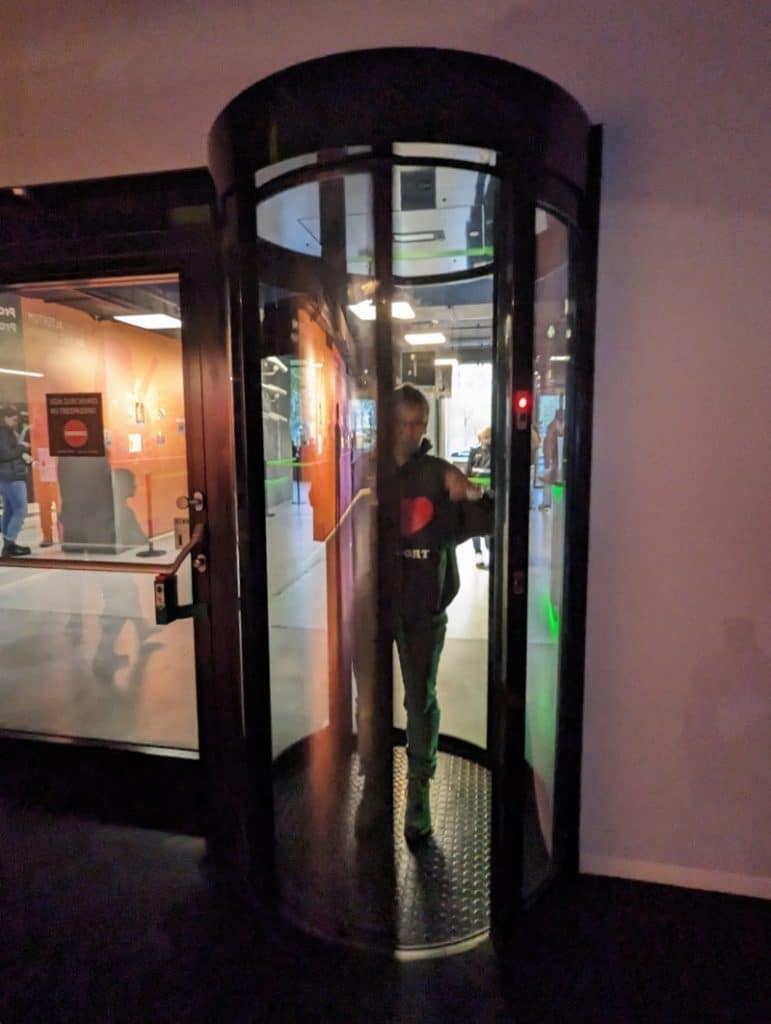
First you enter a room in which a long timeline is presented. It depicts the well-known espionage cases from antiquity to modern times. A really informative and exciting presentation that contains a great deal of knowledge. We spent about 20 minutes just skimming through it and couldn’t really absorb all the information.
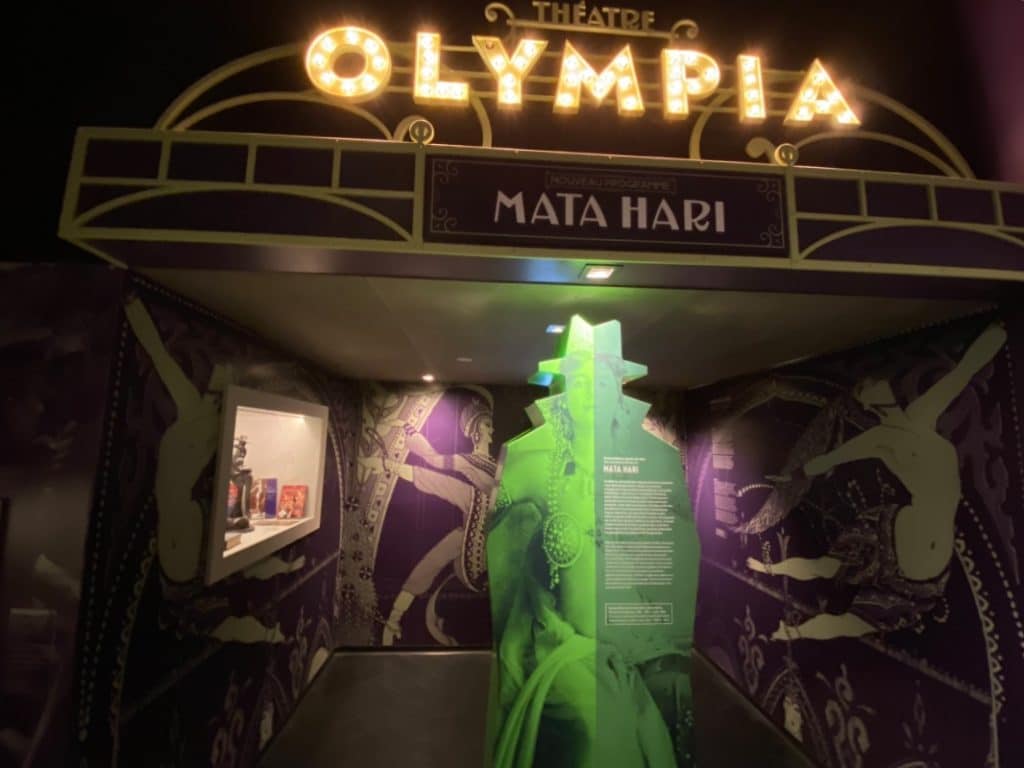
I found the story about one of the most famous female spies, Mata Hari, particularly exciting. There was a lot of information for me that I didn’t know before.
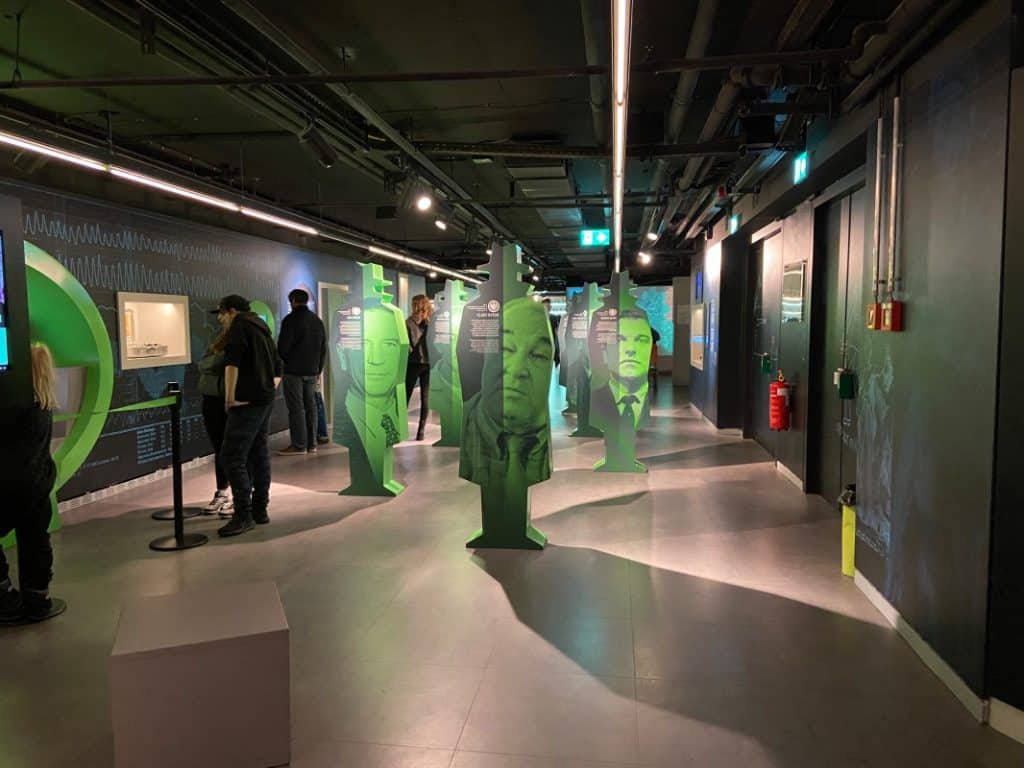
Enigma and buttonhole camera in the German Spy Museum
On the second floor, the exhibition focuses on espionage during the First and Second World Wars. Here, too, there is a lot to read and even more to see. Touchscreens next to the exhibits provide more detailed information about individual exhibits.

I find many of the exhibits very interesting. For me, the Enigma in particular is one of the best-known encryption techniques. I’ve already learned a lot about it in various films and books. It’s great to see such a machine in real life.
Other exhibits, such as CIA cameras or what today appear to be almost antiquated tools for secret operations, such as “almost invisible” buttonhole cameras or the camera in a briefcase, give a good insight into the work of spies in the past.
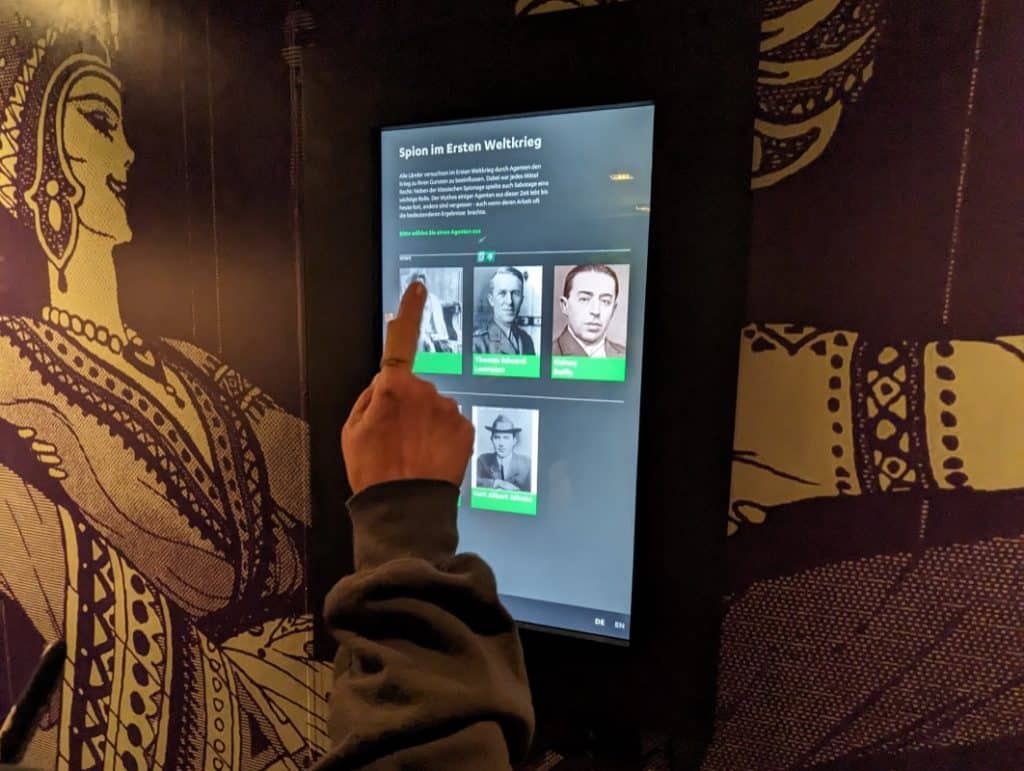
One focus of the exhibition is on agent activities in Berlin. In addition to information about the Teufelsberg as an Allied radar and listening station, a digital map of Berlin allows visitors to trace agent activities in Berlin during and after the Second World War.
The subject only really comes to life for me when you read the stories of individual spies/agents. The active spying between the FRG and GDR in particular offers countless stories. Of course, a model of what is probably the best-known agent exchange location in Berlin – the Glienicke Bridge – should not be missing.
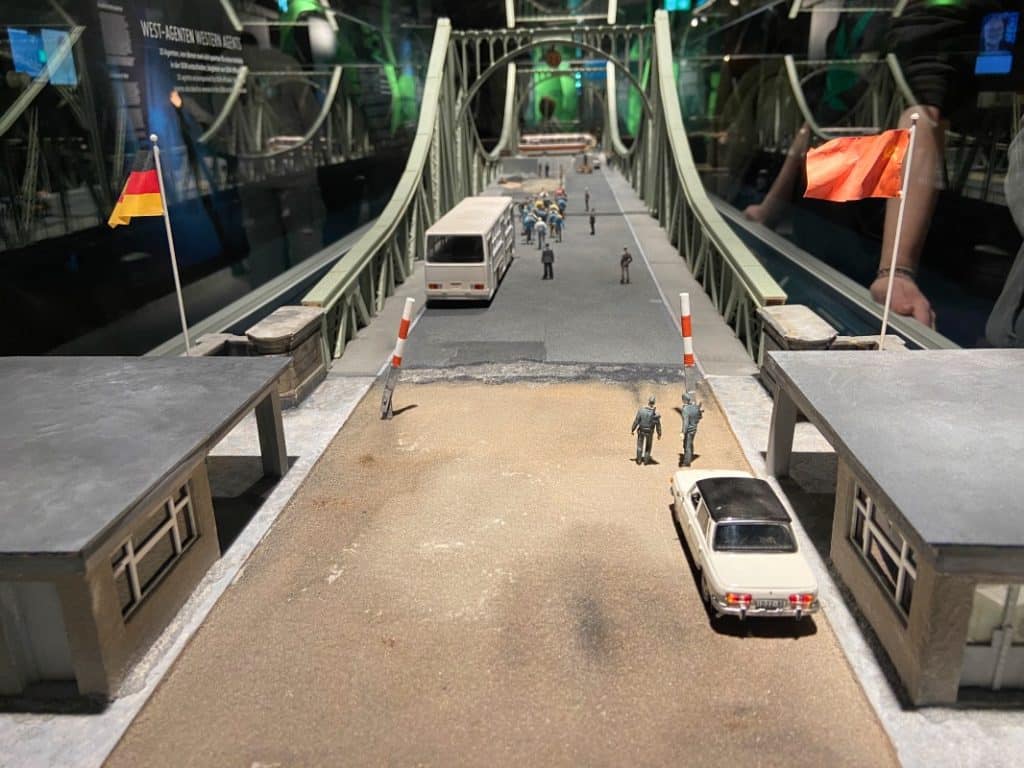
Film, books and espionage
One area of the exhibition deals with the subject of film. One focus is on the most famous film spy of all time, 007 James Bond. Various films are presented in short film scenes and, of course, the technical marvels of Q are also discussed.
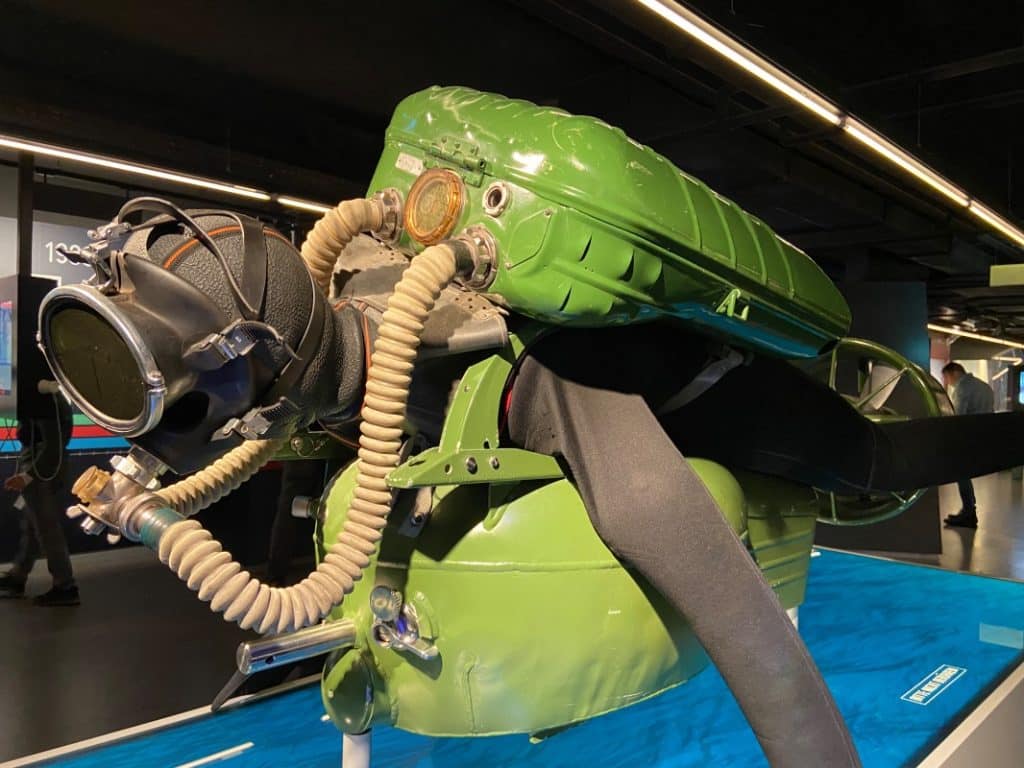
On large bookshelves, I discover numerous books with a focus on espionage. In addition to novels, I also discover non-fiction books. I’m particularly interested in one book, Capital of Spies. It’s a great book that I’ve already read twice.
Is the museum also something for children?
It was my second visit to the German Spy Museum. The exhibition has changed since my first visit, it has become more interactive and therefore much more experience-oriented.
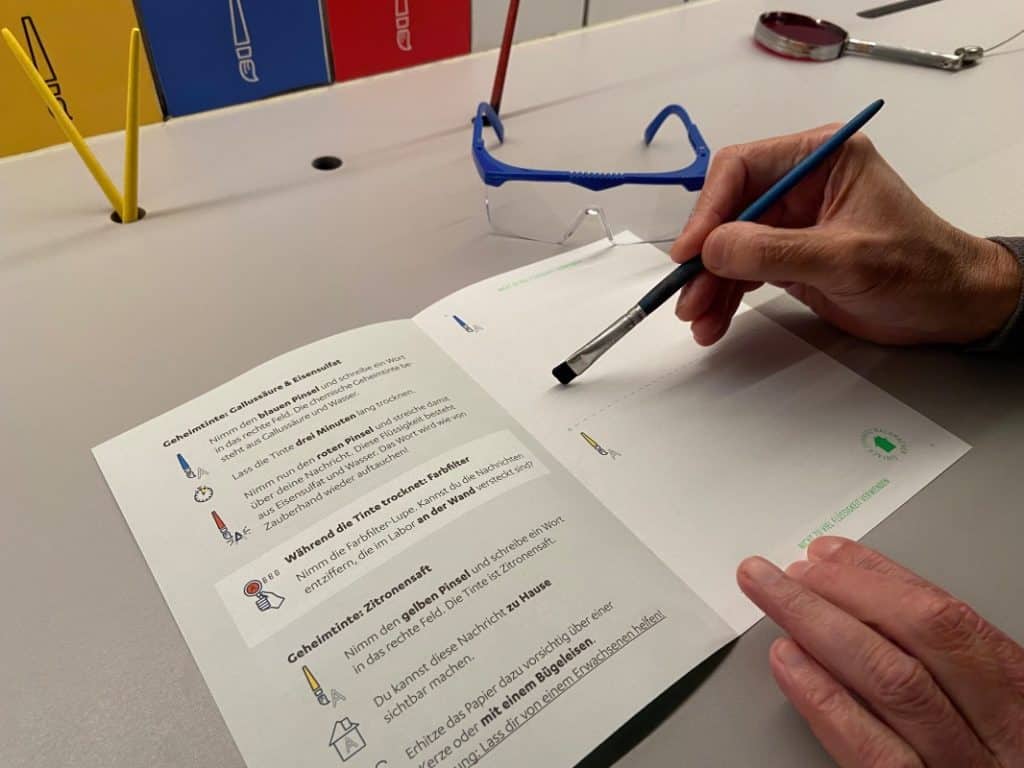
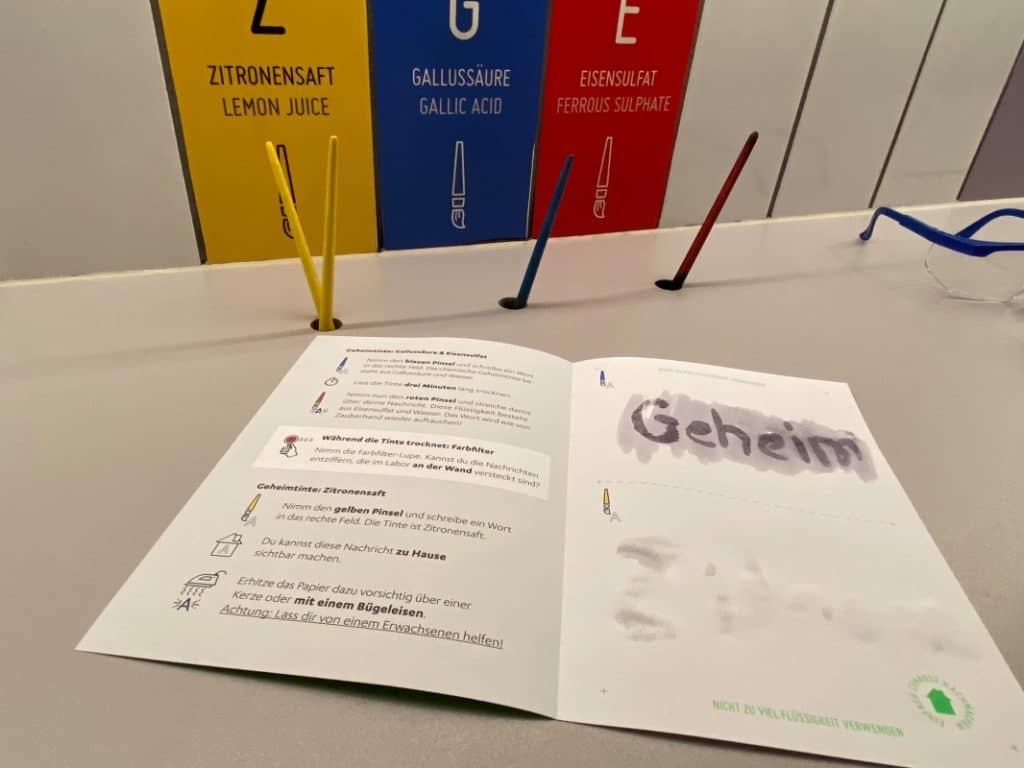
Some of the stations offer the opportunity to crack secret codes or practice lip-reading. We worked with invisible ink in a small laboratory. A great idea for the next children’s birthday party!
The laser course is an attraction that not only children but also adults enjoyed. Numerous families lined up here and we were able to watch on a screen how they overcame the course in a dark room.
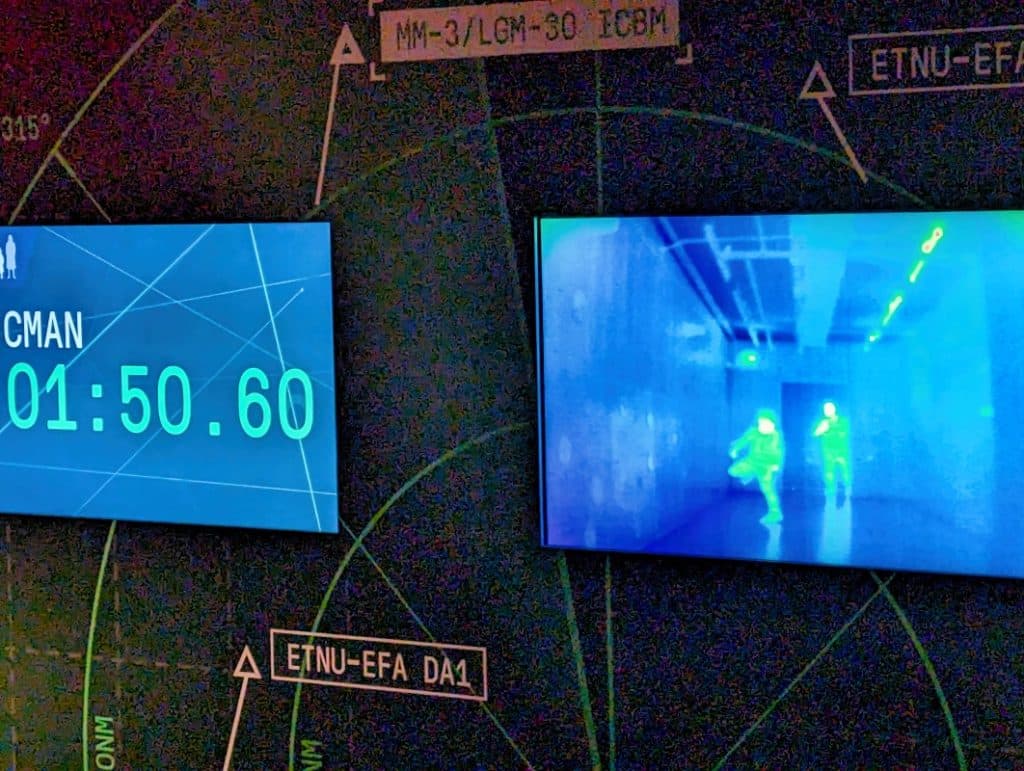
The children we saw at the German Spy Museum were of primary school age and had a lot of fun.
Address:
Spy Museum Berlin / Deutsches Spionagemuseum
Leipziger Straße 9
10117 Berlin
Opening hours:
Daily 10-20 h
Admission always takes place during certain time slots. Please arrive on time!
Admission fees:
The prices vary. Less popular times are cheaper, popular times more expensive. The system controls the prices according to the request. Admission is only possible within a 15-minute time slot.
However, there are also flex tickets. These are only bound to the day, but not to the time.
Book your Flex-Ticket online with GetYourGuide:
Good to know
Yes, there are several parking garages nearby:
Parking garage in the “Mall of Berlin”, entrance via Voßstraße or Wilhelmstraße
the Potsdamer Platz parking garage, entrance via Linkstraße, Ludwig-Beck-Straße or Schellingstraße
Sony Center parking garage, entrance via Ben-Gurion-Straße or Bellevuestraße
S-Bahn/subway/bus stop: Potsdamer Platz
Yes, there are various options depending on the age of the children. Further information
There are numerous lockers for jackets, small rucksacks etc., which you can use free of charge for a deposit (€1).
The museum is located on two floors, which can be reached by elevator accompanied by our staff. There is a barrier-free toilet in the store.
The visit took place in cooperation with the Deutschlandmuseum and Spionagemuseum.

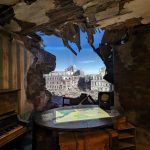

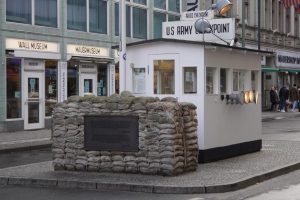

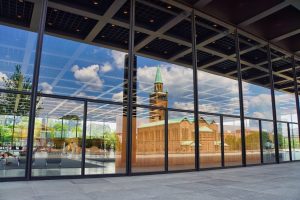


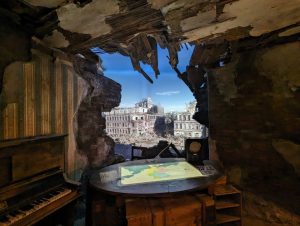



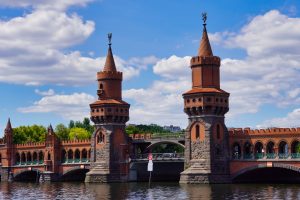


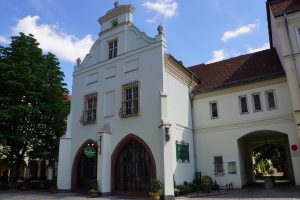




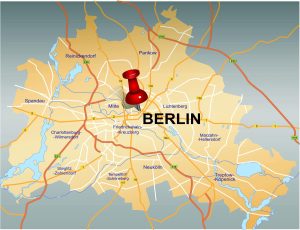
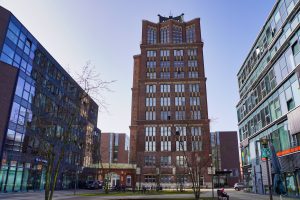
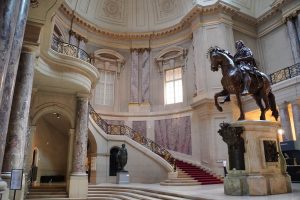

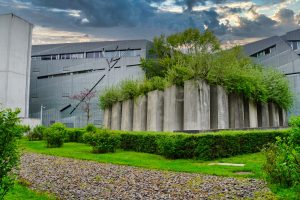

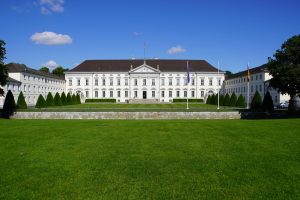

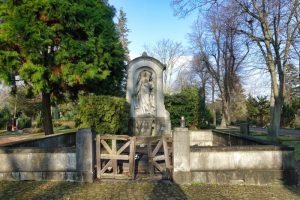

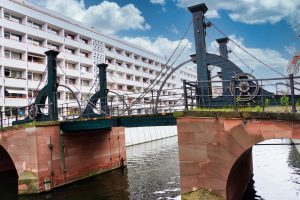



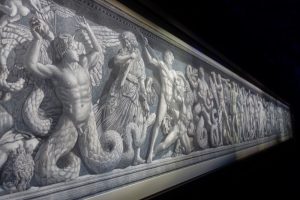
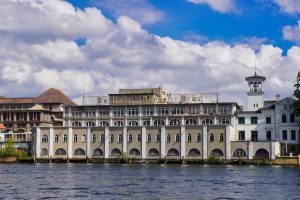
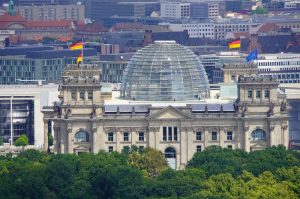
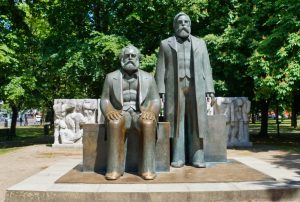

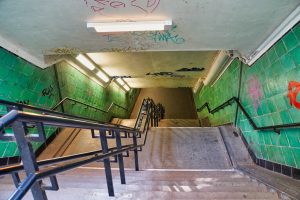


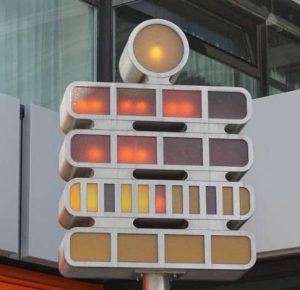

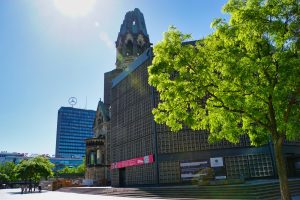


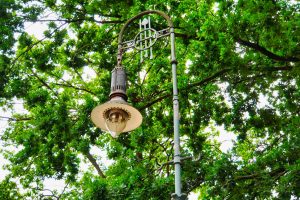




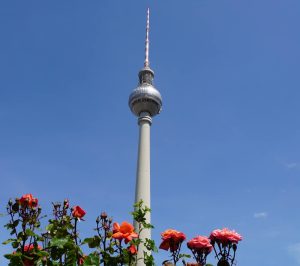
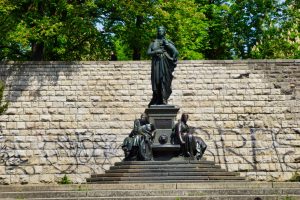
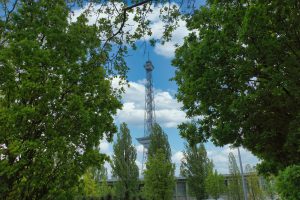
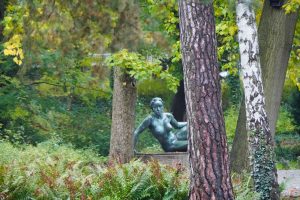



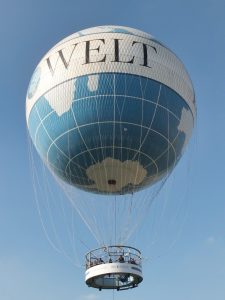




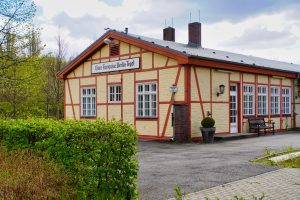


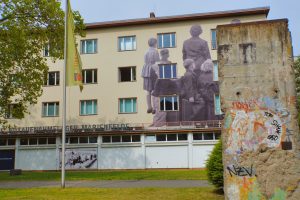

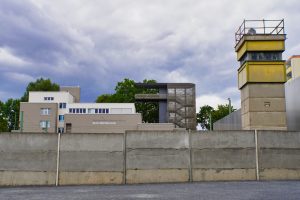

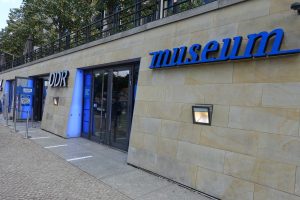



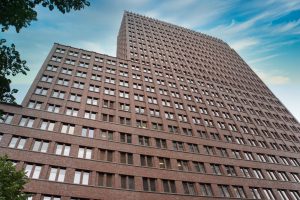


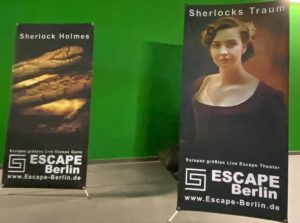

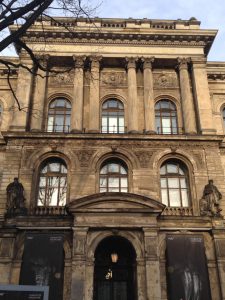
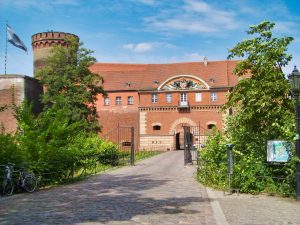
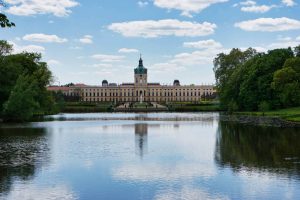
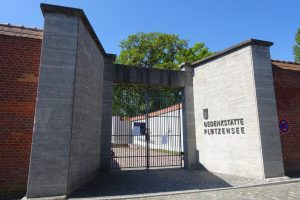



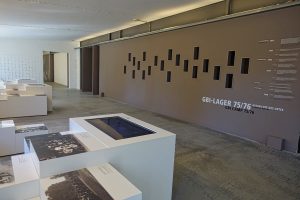






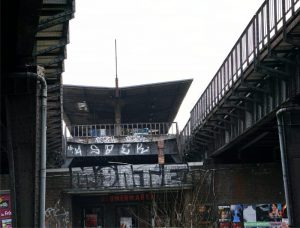
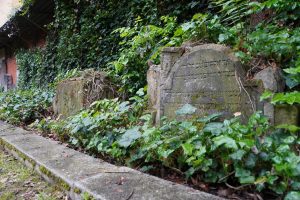
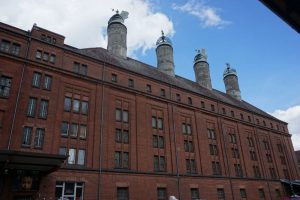


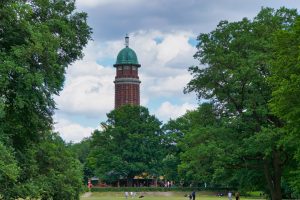
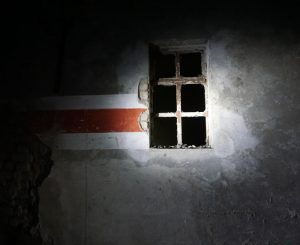

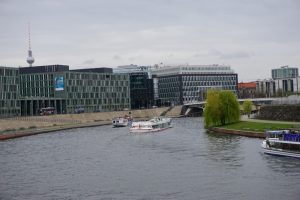


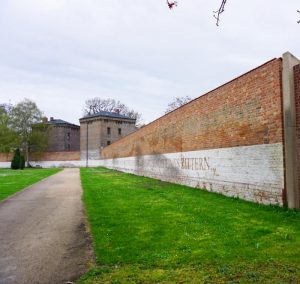


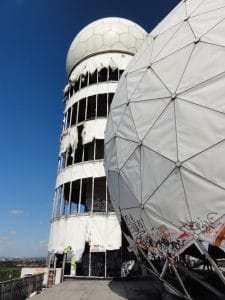


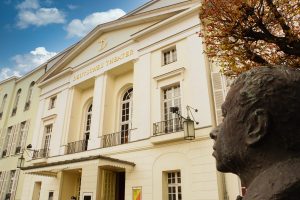




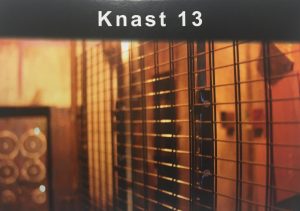

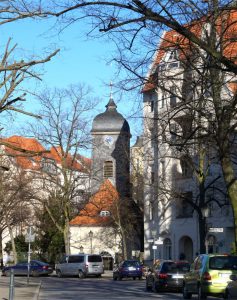
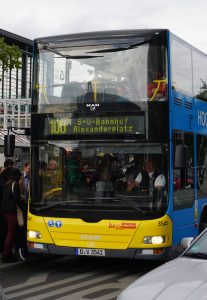
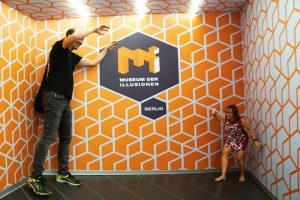

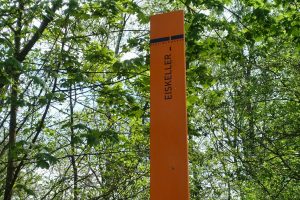

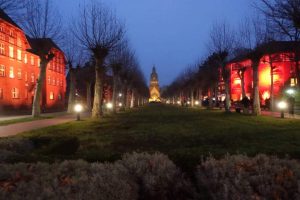
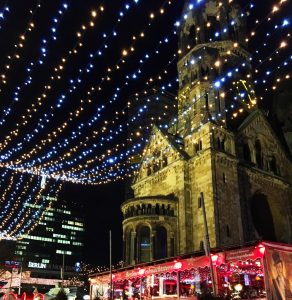
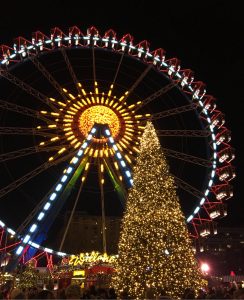


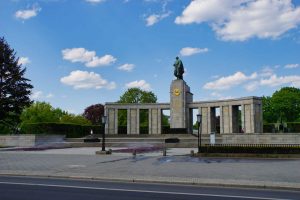
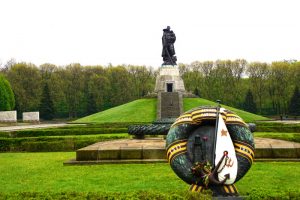
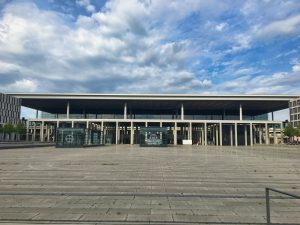

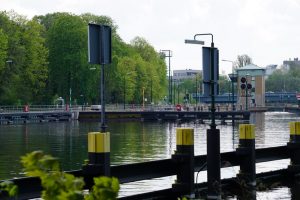







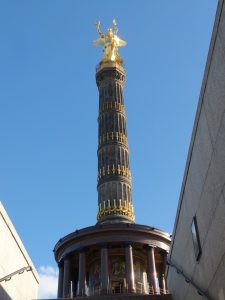


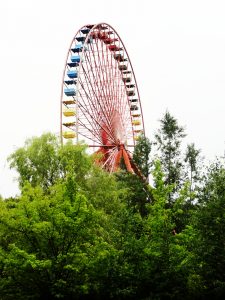
Leave a Reply